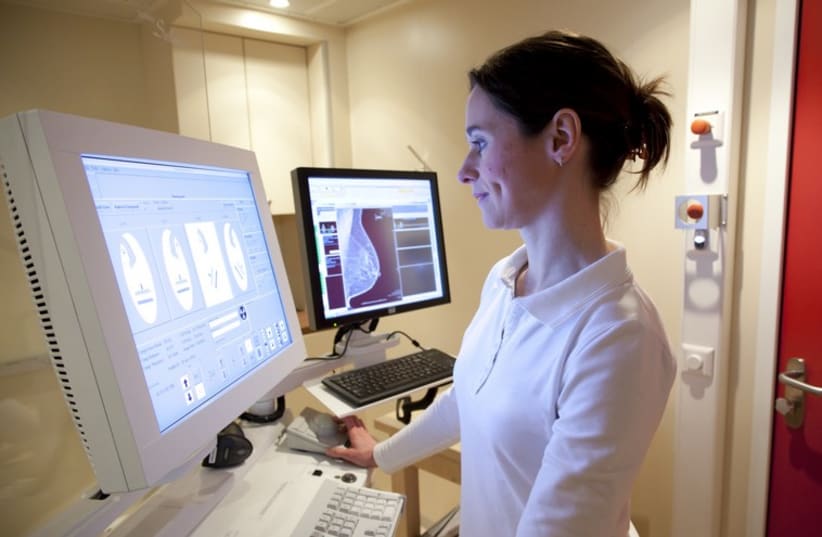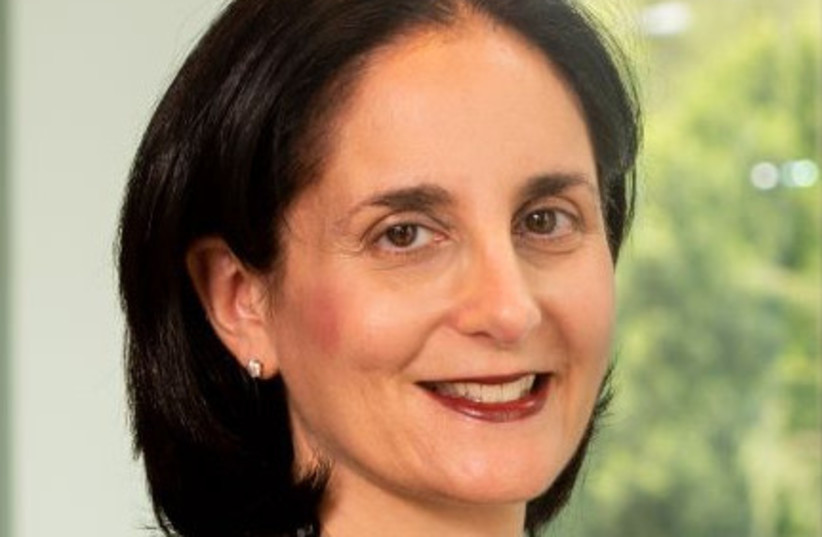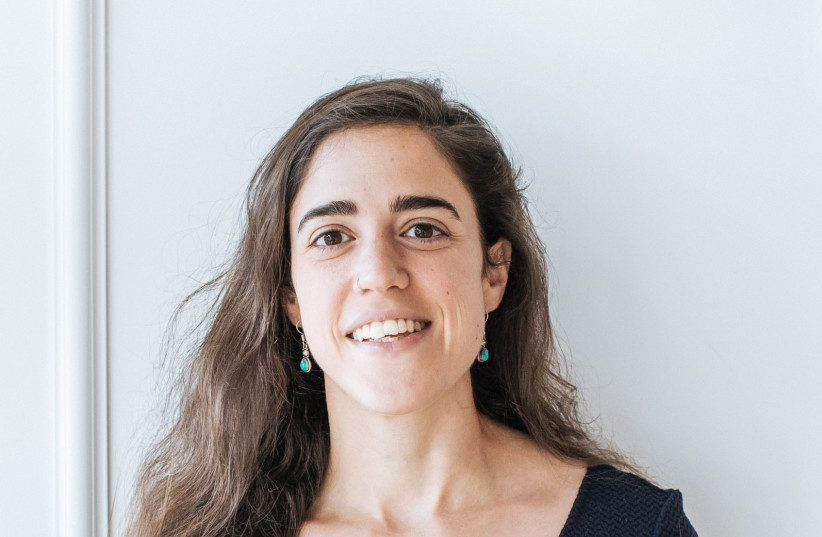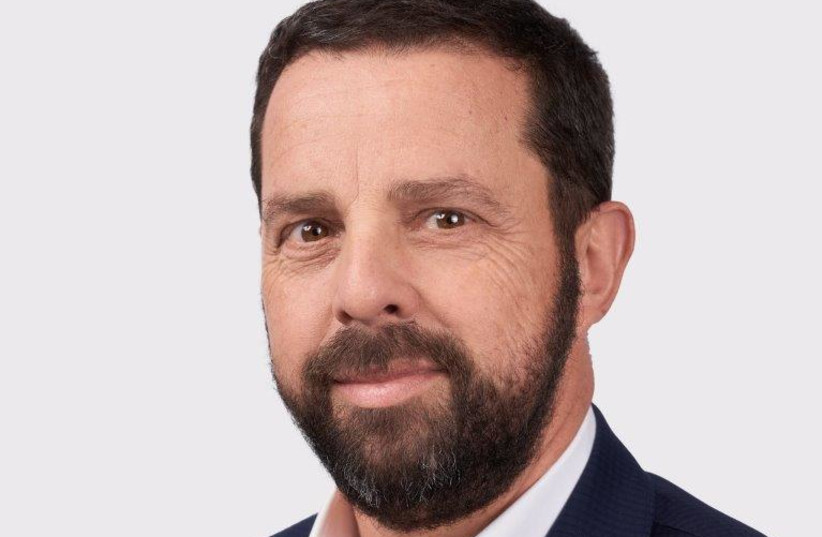Women’s health is a subject applicable to over 50% of the world’s population. Despite that, from 2019 to 2021, investment in women’s health technology solutions and innovations (fem-tech) made up only about 3% of global investments in digital health technology.
Pressing women’s health issues affect large portions of the planet’s female population. Around 13% of women within the US run the risk of eventually developing breast cancer, up to 12% of US women are affected by polycystic ovary syndrome, and around 10% of women around the world are affected by endometriosis.
“It sounds almost unbelievable, but women, who make up more than half of the world’s population, have not received medical-technological attention focused on their needs until recently,” said Netta Levran. Levran is a product team manager from the Israel-based tech partnership hub founded by Elevance Health, a Fortune 20 healthcare company that serves more than 118 million Americans.
“It sounds almost unbelievable, but women, who make up more than half of the world’s population, have not received medical-technological attention focused on their needs until recently.”
Netta Levran
“Over the years, there was one healthcare [approach] for [both] women and men, except for pregnancy and childbirth,” she said. “For example, only in 1993 was a law passed in the United States that all research funded by the NIH [National Institutes of Health] must include women. In many medical studies to this day there are no female animals [used in testing] because of the consideration of the effect of the hormonal cycle on the studies. It was only in 2014 that the NIH came out with a recommendation to introduce female animals into research and to also conduct research on cells and tissues from female animals.”
As a result, as well as the poor amount of female representation within the venture capital industry, investments in fem-tech have been historically very limited, and there was an absence of funds specializing in the subject. Only recently has the amount of investment in fem-tech begun to gain momentum.
“In recent years, there has gradually begun an awareness and an understanding that there is an entire sector that has not been addressed. Start-up companies and dedicated funds specializing in fem-tech are gaining momentum. Many of them are managed by strong, entrepreneurial and expert women,” Levran said.
Take it from someone who’s gotten funded
ONE SUCH woman at the helm of a fem-tech start-up is Debbie Garner, the CEO of FEMSelect, which just closed a $9 million funding round in October. Garner’s company is responsible for the development of its proprietary product EnPlace, a minimally-invasive solution for symptomatic uterine prolapse, which affects the lives of nearly 50% of women over the age of 50.
Current procedures treating uterine prolapse are invasive and often involve hysterectomy (removal of the uterus) or colpocleisis (surgical shortening of the vaginal canal). FEMSelect’s solution could allow women to forego these more severe procedures in favor of a small, internally anchored device that can be installed in under 30 minutes with only a few days’ recovery time (compared to around six weeks of recovery time for the aforementioned procedures).
“We had a woman write to us through our website just a few weeks ago. She wrote ‘I’m 71 and I think I’m too young for colpocleisis.’ I wrote back to her and said ‘I don’t care what age you are, nobody should have to undergo the surgical closing of her vagina,’” recalled Garner. “I don’t know of any male surgery that requires cutting an organ off or removing it or closing it permanently. Where are these solutions coming from? We need to have more women involved in creating solutions.”
Garner noted that in addition to the presence of more women at the drawing board, it’s also critically important to increase women’s health education in order to bring awareness of these topics to both men and women.
“Even urogynecologists, if you talk to them, will tell you that they [only] treat a very small percentage of women who have urogynecological issues. They know that there is still a long way to go in educating women,” Garner said.
To that end, Garner said that FEMSelect intends to dedicate some of its latest funding to an education campaign on the existence and prevalence of uterine prolapse.
The Vicious Cycle
At the end of the day, noted Garner, the field’s success falls upon the shoulders of investors.
“Why is it so difficult to raise money?” she asked. “It’s kind of like a vicious cycle. You talk to investors, and investors will invest in something if they’ve seen big exits. Okay, if they’ve seen big exits in your space, then they say, ‘I’m likely to get 10x on my money because there are X number of comparable exits in my space.’ When I pitch to an investor and I can’t come up with those, or I can only come up with a few $100m. exits, they are less likely to want to put money into it,” she said.
GARNER THEN echoed Levran’s sentiment that without female representation within the VC space, the field will likely remain stunted despite the value that it offers to the human population.
“You go talk to men about pelvic organ prolapse, and they’ve never heard of it,” Garner said. “Their wives never talked to them about it. Their mothers never talked about it. And then they say, ‘That’s probably not a very common problem.’ Do you know how many times I was told over the last two years that this is ‘a niche problem?’ You tell me. It’s going to affect about 50% of women over time. How ‘niche’ is that?”
When asked whether it’s possible to break the “vicious cycle” of fem-tech investment, Garner sighed.
“Awareness has grown. More women are getting into the boardrooms of the VCs. Not all women are focused on helping other women, unfortunately, but the more we have female investors, I think there will be more of an emphasis and as the investments grow and as the exits grow, then that will help,” she said.
“It will have to come from getting more female funders and more awareness among the men that these are real problems that affect a lot of people,” Garner continued, raising an example. “Menopause will affect 100% of all women if they live past 50. It’s not a choice. There are so many diseases that will affect menopausal women and we’re hardly scratching the surface [of solving that issue]. It’s about awareness, and women also have to do a better job of speaking up. No, it’s not acceptable that we suffer from menopausal symptoms.”
The beginning of change
According to Dr. Laurent Choppe, managing partner at Cukierman & Co. Life Sciences, there is indeed growth underway within the investment sector aimed at advancing fem-tech.
“We have more interest from big pharma, there are more and more [female] CEOs that are really active. It’s evolving, positively,” he said.
That evolution is evident in the field of investment: in 2019, fem-tech garnered only $563m. in investment, whereas only two years later, that number more than quadrupled, weighing in at over $2.5 billion in 2021.
“Today, the exits for funds are not huge, but if and when [those numbers grow], I know that the people leading these start-ups will engage in serial entrepreneurship and create new companies in the field,” Choppe explained. Such activity will only stand to increase the traction of fem-tech, hopefully propelling it into a mainstream field of interest for investors and entrepreneurs alike.
“This is the beginning of growth,” Choppe said.




